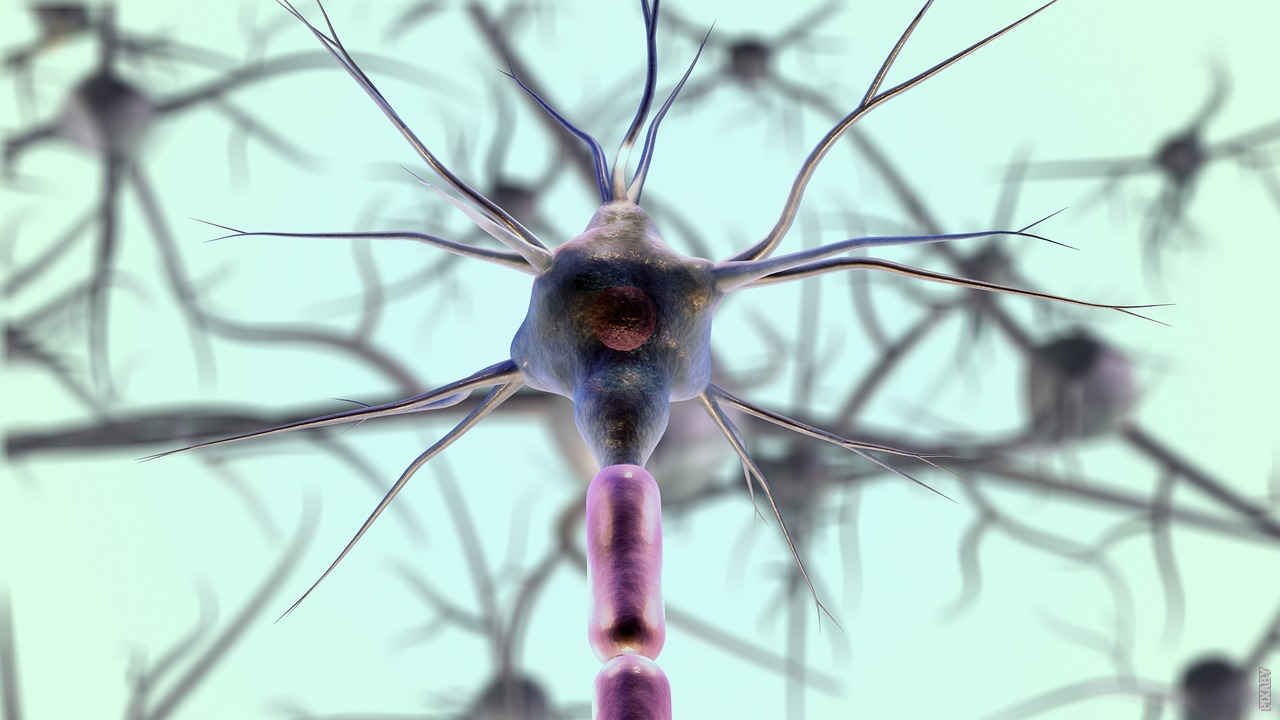The Marvels of Nerve Cells
Nerve cells, also known as neurons, are the building blocks of the nervous system. These extraordinary cells are responsible for transmitting electrical signals throughout our bodies, allowing us to move, think, and feel. Let’s embark on a journey to uncover the fascinating world of nerve cells and unravel their secrets.
The Anatomy of Nerve Cells
Nerve cells come in various shapes and sizes, but they all share common features. Each neuron consists of three main parts: the cell body, dendrites, and an axon. The cell body contains the nucleus and other essential components, while dendrites receive signals from other neurons. The axon, often elongated and covered in a protective myelin sheath, carries signals away from the cell body.
The Electric Symphony
The magic of nerve cells lies in their ability to generate and transmit electrical impulses, known as action potentials. These tiny electrical currents travel along the neuron’s axon, allowing communication between neurons. When a signal reaches the end of an axon, it triggers the release of chemical messengers called neurotransmitters.
Neurotransmitters: The Messengers of the Mind
Neurotransmitters are essential for relaying messages from one neuron to another. They bridge the tiny gaps, called synapses, between neurons. Each neurotransmitter has a specific function and can either excite or inhibit the receiving neuron. This complex interplay of neurotransmitters forms the basis of our thoughts, emotions, and behaviors.
Neurons: Team Players
Nerve cells rarely work alone; they form intricate networks that allow information to flow smoothly. These networks enable us to perform complex tasks, such as solving puzzles or playing musical instruments. Neurons communicate with each other through synapses, creating a vast web of connections that allow for rapid and efficient transmission of signals.
Post
Post
Adventures in the Brain
The brain, the command center of the nervous system, is composed of billions of neurons. It is a place of constant activity, with neurons firing and information processing occurring at lightning speed. Every thought, memory, and sensation we experience is a result of the intricate dance of these incredible cells.
The Plastic Brain
One of the most astonishing aspects of nerve cells is their ability to adapt and change. This phenomenon, known as neuroplasticity, allows the brain to reorganize itself in response to new experiences or injuries. Neuroplasticity plays a crucial role in learning, memory formation, and recovery from brain damage.
The Mysteries Await
Although we have made remarkable progress in understanding nerve cells, many mysteries remain. Scientists continue to explore the intricate workings of these extraordinary cells, seeking answers to questions that have puzzled humanity for centuries. As we unravel the secrets of nerve cells, we unlock the door to a deeper understanding of ourselves and the world around us.



